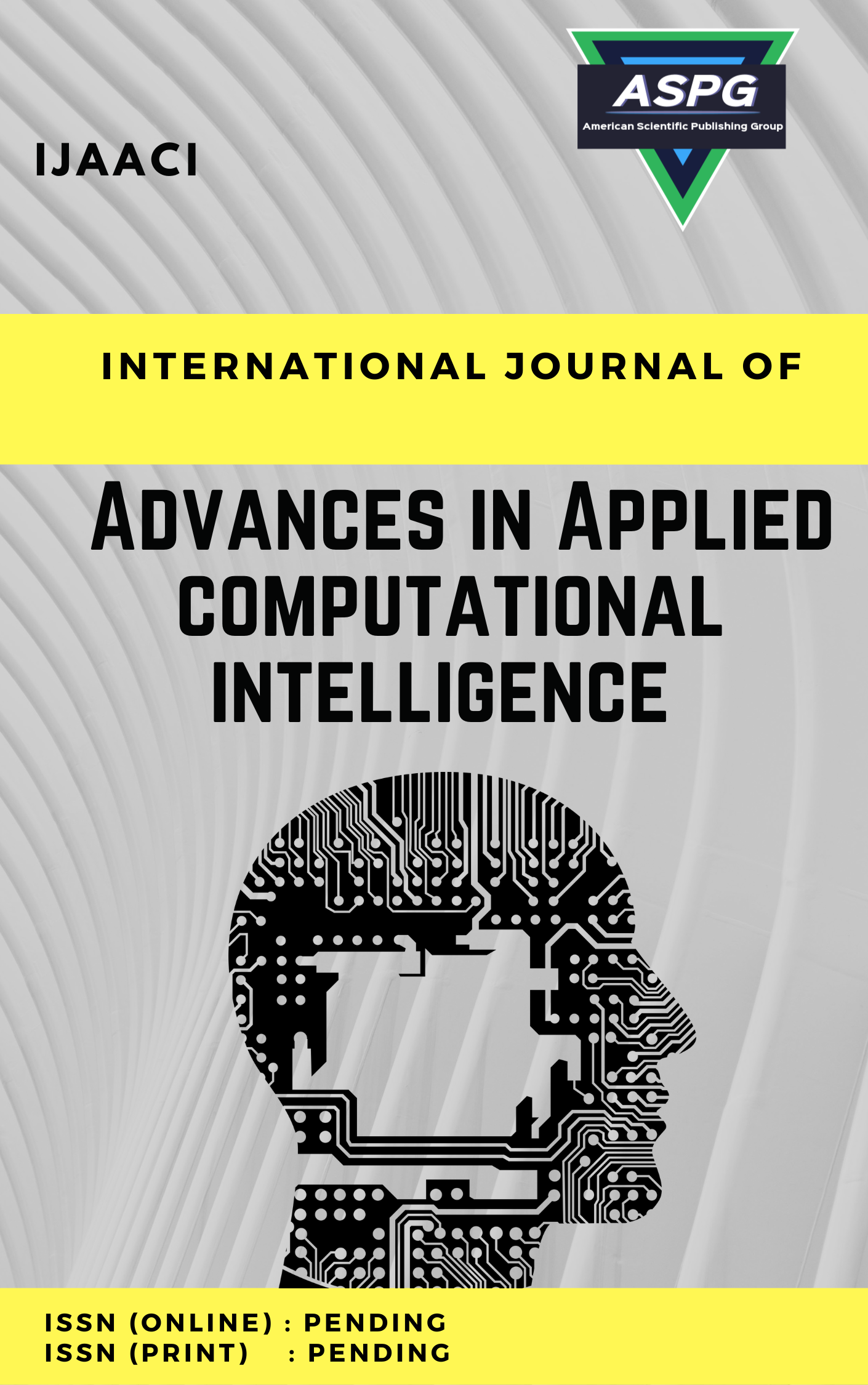

Nowadays, Big Data become very critical and can help organizations to make decisions by analyzing feedback and reviews from customers. There are large amounts of data that is growing because of the extensive use of networks, social media, and other sources. Big data analytics can enhance a company's understanding of a customer's needs and preferences. By analyzing data organizations can personalize and relevant product or service; So that, there is a need to analyze such huge amounts of data. There are many types of analytics methods and each one has its own objectives. Therefore, this work highlights two ways for classifying big data analytics methods. Big data models and their methodologies were clearly outlined in this paper. Additionally we compare different categories of big data analytics techniques depending on data kinds like audio, video, social media, and predictive analytics. Also, this work intended to study the big data analytics methods for selecting the suitable method.
Read MoreDoi: https://doi.org/10.54216/IJAACI.040201
Vol. 4 Issue. 2 PP. 08-14, (2023)
In the realm of cybersecurity, the evaluation and enhancement of cyber resilience are paramount to safeguarding nations and organizations against evolving digital threats. This paper introduces a novel approach that integrates the Dipper Throated Algorithm (DTO) and the Grey Wolf Optimizer (GWO) to fortify the analysis of Cyber Security Indexes. These indexes encompass vital metrics, including the Cybersecurity Exposure Index (CEI), Global Cyber Security Index (GCI), National Cyber Security Index (NCSI), and Digital Development Level (DDL). Leveraging the adaptive nature of DTO and the collaborative hunting strategies of GWO, the proposed DTO+GWO algorithm aims to optimize the evaluation of cyber readiness, exposure levels, and global commitments to cybersecurity. The Cyber Security Indexes dataset, featuring indicators from 193 countries, serves as the testing ground. This study contributes to advancing cyber threat assessment methodologies, fostering a proactive stance in the face of cyber risks globally. Through rigorous optimization, the DTO+GWO algorithm exhibits promising potential to elevate the precision and efficacy of cybersecurity evaluations. The optimization results demonstrate a notable achievement, with an RMSE of 0.0090, reflecting the algorithm's enhanced performance in fine-tuning the assessment of cybersecurity indexes.
Read MoreDoi: https://doi.org/10.54216/IJAACI.040202
Vol. 4 Issue. 2 PP. 15-25, (2023)
This research is about the increasing cybersecurity challenges posed by modern malware threats and argues for an improved approach through optimized machine learning algorithms. We apply a Tree-structured Parzen Estimator (TPE) for hyperparameter tuning, focusing on the optimization of tree-based models such as Random Forest and Gradient Boosting. Our methodology includes careful correlation analysis, variable distribution examination, and feature importance assessment to make our models more robust and transparent. We present comprehensive visualizations that demonstrate the results of our optimized approach, which show improved accuracy, precision, and recall in malware detection. Our findings highlight the significance of feature engineering and model tuning, revealing subtle patterns indicative of malicious behavior. The findings indicate that our model provides a method that not only improves detection capabilities but also emphasizes the need for continuous improvement and innovation in addressing the ever-changing nature of malware threats.
Read MoreDoi: https://doi.org/10.54216/IJAACI.040203
Vol. 4 Issue. 2 PP. 26-32, (2023)
Unmanned aerial vehicles (UAVs) equipped with high-altitude infrared imaging have revolutionized data collection, providing better spatial and temperature resolutions. However, an effective way to fuse and interpret this multidimensional data remains a challenge. Therefore, this research tackles this issue by incorporating machine learning specifically the YOLO object detector to fuse and analyze information from UAV-captured high-altitude infrared images. The process entails a careful fusion of data, feature extraction, and model configuration that is tailored to the unique qualities of infrared imagery. Furthermore, the confabulated YOLO model performs exceptionally well in detecting and localizing objects within the thermal spectrum. Results showed precise identification of objects as well as their localization thus indicating potential for advanced aerial surveillance and monitoring. This research represents a significant advancement in situation awareness across environmental monitoring, infrastructure inspection, and disaster response among other areas hence demonstrating the transformative ability of machine learning in aerial imaging analysis.
Read MoreDoi: https://doi.org/10.54216/IJAACI.040204
Vol. 4 Issue. 2 PP. 33-40, (2023)
Knowledge management is a critical aspect of modern organizations seeking to harness their collective intelligence and remain competitive in a dynamic business environment. With the advent of distributed data and knowledge-based systems, the landscape of knowledge management is undergoing significant transformations. This systematic mapping study aims to provide a comprehensive overview of the current state of knowledge management within the context of distributed environments and knowledge-based systems, shedding light on the key trends and challenges that shape this evolving field. Our study employs a systematic mapping methodology to analyze a wide array of scholarly articles, conference papers, and research reports. Through a structured review process, we identify and categorize relevant publications, facilitating a holistic understanding of the relationships between distributed data and knowledge-based systems in the realm of knowledge management. By mapping the existing literature, we uncover emerging themes, gaps, and areas of interest in this interdisciplinary domain. Key findings reveal the increasing role of distributed systems in enhancing knowledge sharing, collaboration, and decision-making processes. However, challenges related to data security, interoperability, and system integration also surface as important considerations. The systematic mapping study not only offers insights into the current state of knowledge management but also provides a foundation for future research directions and practical implications for organizations striving to optimize knowledge utilization in distributed settings. In conclusion, this research contributes to a deeper understanding of how distributed data and knowledge-based systems are shaping knowledge management practices and provides a roadmap for scholars and practitioners alike to navigate this evolving terrain.
Read MoreDoi: https://doi.org/10.54216/IJAACI.040205
Vol. 4 Issue. 2 PP. 41-47, (2023)